Thrifty Glamping: 7 Steps to Planning Your Next RV Road trip
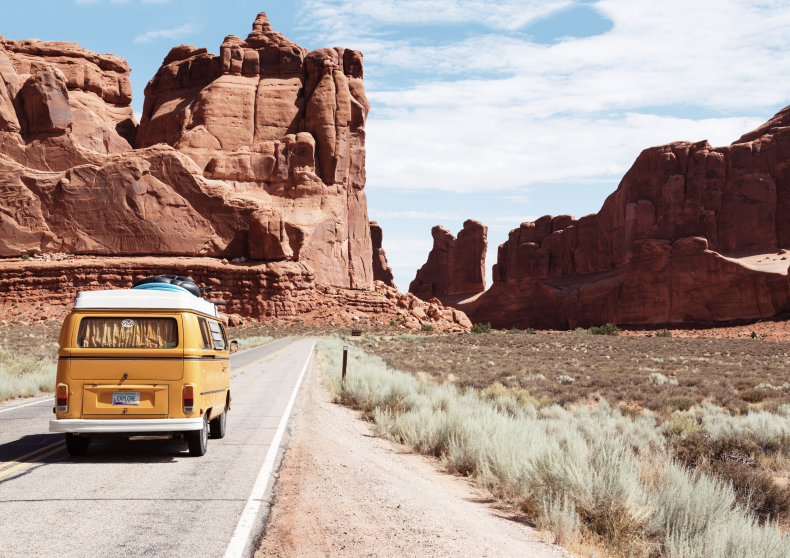
So, you’re thinking of going on an RV road trip this summer?
With many travel options up in the air right now, more and more people are looking into domestic road tripping to scratch that travel itch.
Besides simply choosing your crew and packing your bags, planning for an RV road trip surprisingly requires a lot of preparation.
This summer we took an unforgettable RV road trip through North & South Dakota, Wyoming, and Montana.
If you are looking to go on an RV road trip soon, there are a few things you’ll want to check off your list before you go.
How far in advance should I order my National Park pass? Where can I find the best overnight RV spots?
There are 7 main steps to planning an RV road trip, and we have them all for you here!
1. Pick Your RV Road trip Destination
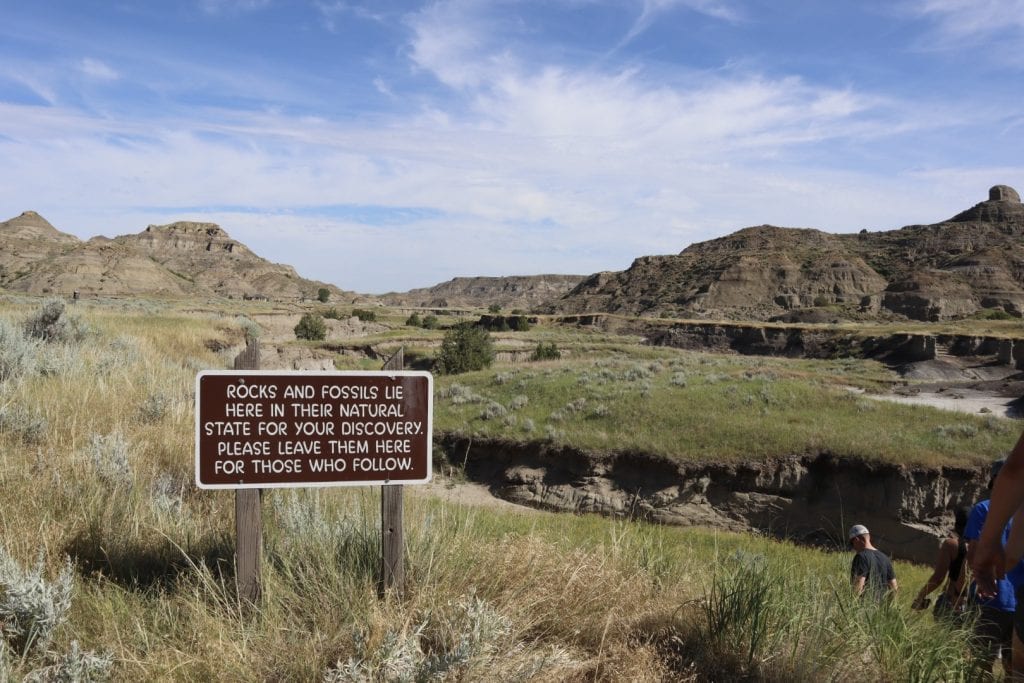
Let’s get the easy one out of the way. Where to go. You may already have some ideas in mind on where you want to go on your RV road trip. But these are a few things you should consider when choosing the stops on your trip.
Time of Year: If you are going during winter months, consider finding a destination nearby. The winter brings with it poor road conditions and often sketchy weather that you will not want to find yourself driving across the country in. Not all National Parks are open all year round, so the time of year can really impact what you are able to visit. We recommend going during the months of May – September for ideal whether, safer roads, and more National Park options.
Distance apart from other stops: Start with your end destination, and then begin filling in the gaps with other stops along the way. Depending on how far apart each stop is that you want to see, you may need to add additional stops just for sleeping. It’s recommended not to exceed 300 miles a day driving an RV, so you can use that as a guide when adding in your stops. On our RV road trip to Yellowstone, we added in stops to Makoshika State Park and Theodore Roosevelt National Park, which really helped break up the drive home.
How many days off you have: Are you looking to go over a long weekend? Do you have a full week to spare? Two weeks? Deciding how many days you are able to afford will help determine how many parks you see on your trip, and which cluster or region you want to tackle. For example, do you want to do Midwest National Parks and visit Badlands? Or maybe true west and hit up Yosemite. We had 7 days to spare for our RV road trip, so an end destination of 16 hours away was definitely doable.
What’s currently open: This is something that is more of a consideration today than it was a few years ago. With Covid in full swing, many National Parks and campsites are fully closed or only partially open this summer. You may want to save certain parks for the future if the main attractions are not fully open yet.
2. Choose the right Glamping RV
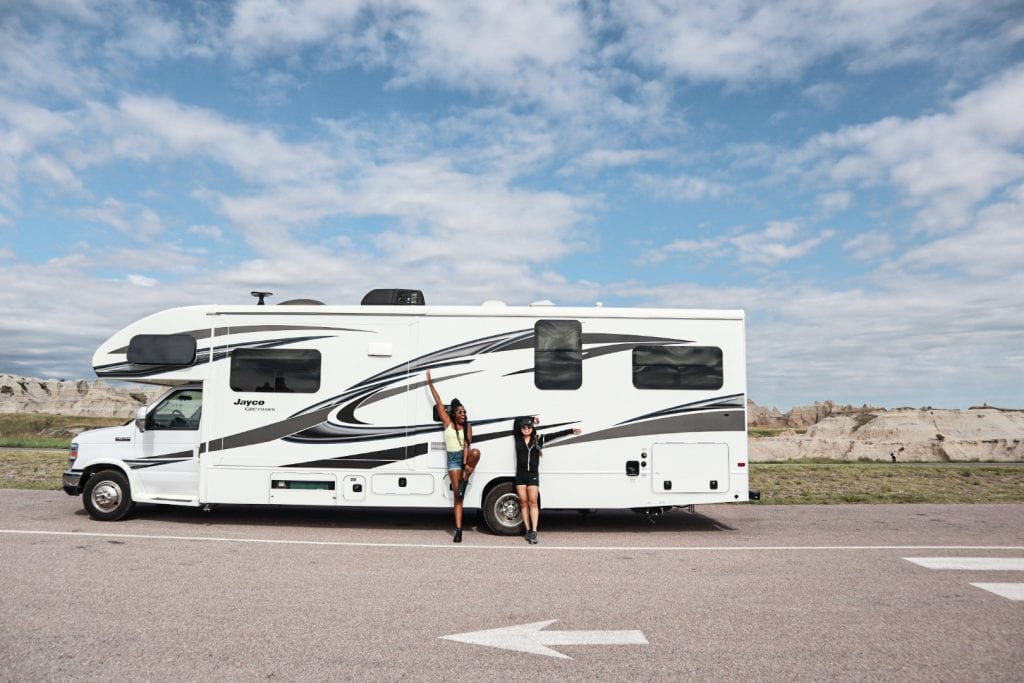
If you are like us, choosing an RV for your road trip sounds really intimating. Luckily, there are many tools out there to help you narrow down and find the right RV for your needs.
After doing a ton of research on the best RV rental sites, we landed on Outdoorsy to find and book our RV rental.
Outdoorsy is essentially the Airbnb for RV rentals. How cool is that? It’s super easy to use and provides you a list of RV options within your area. We were able to find an extremely affordable RV rental that was only a year old!
On Outdoorsy you can filter by size, budget, date available, and amenities. You can even find RV types that provide car seats if you have young kids.
Other RV amenities that go along way:
- A bathroom: Especially with recent health concerns, it’s nice having this option within the RV so you don’t have to worry about the sanitary conditions of the bathrooms you stop at.
- A fridge: Eating in can be a huge money saver. Look for an RV with a fridge so you can stock up on some budget friendly food essentials.
- A table: If you plan on making your own meals, this is nice to have so you can easily eat on the go. We also used our table to play card and board games with the RV crew!
When you are ready to book your RV rental from Outdoorsy, you can use our coupon code THRIFTY for $50 off your first rental.
3. Map your RV road trip route
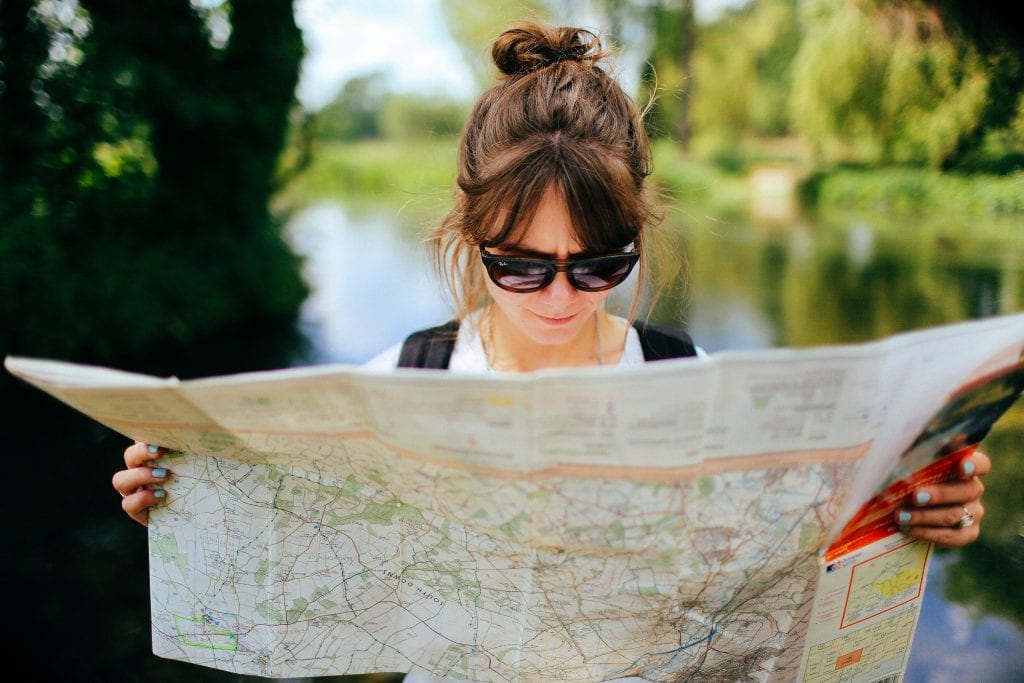
But why would I need to map out my route beforehand when I have GPS? Good question.
The thing you want to keep in mind is that not all routes are RV friendly. Your GPS will show you the fastest route for a standard car, so it’s a good idea to research your exact route beforehand. Things to keep in mind:
Choose roads suitable for your vehicle: You don’t want to be caught driving down windy or narrow roads, with an RV that barely fits. It can be pretty scary driving through the mountains if your vehicle is even remotely big. Watch out for low clearance and rough roads as well.
Check gas stations along route in advance: There is nothing worse than running out of gas in the middle of nowhere. An easy app you can use is GasBuddy, which also shows you where the cheapest stations are. Win Win!
Physical maps are the way to go: GPS is wonderful, but on an RV road trip, you never know when you will run out of service. Especially if you plan on visiting National Parks, chances are you won’t have service the entire time you are there. Physical maps can come in handy when you need an overview picture of your route or when there are road closures that the GPS doesn’t account for. This is the Atlas we used for our recent road trip this summer, and we definitely got our money’s worth.
4. Stock up on groceries

This is one of the main ways you can save money while Glamping. If you have an RV with a fridge, then packing things like sandwich supplies is a must.
Other favorites on our Glamping trip were granola bars, trail mix, individual size bags of chips, fruit snacks, and fruit. If you have a stove or portable grill, you can bring pasta and meat to grill out.
The reason “Grocery Shopping” falls in the planning phase is because you should really get most of your groceries before you go. Groceries are ridiculously expensive at the stores within the National Park grounds.
Save yourself some money and make a large trip to the grocery store the night before your RV road trip.
5. Boondock or Bust
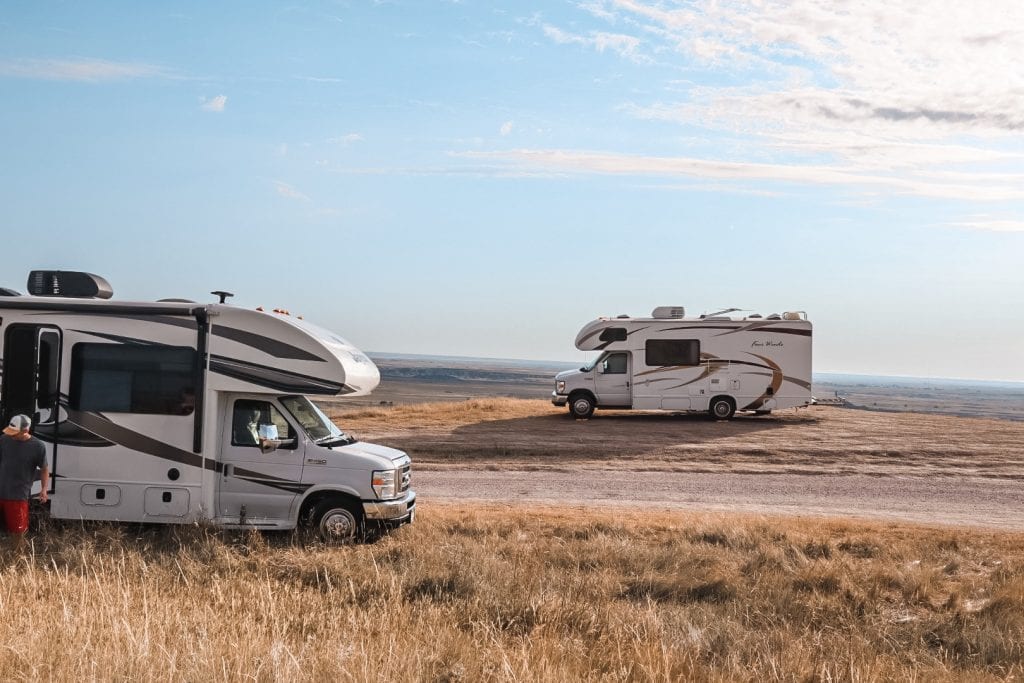
There are two main options for overnight RV parking–paid RV campsites and free RV docking, often called Boondocking,
Benefits to Boondocking
- It’s free!
- The views are often much better than what you’d find on campsites
- More space to spread out and away from other campsites/campers
- No reservation needed
Benefits to Paid RV Campsites
- Camp ranger oversight in case of an emergency
- Many provide RV hookups such as water supply or electricity
- Fire pits are typically included
Some helpful sites for finding both free and paid RV parking are Campendium, and FreeCampSites.
If you do decide to go the RV campsite route, we’d recommend booking at least 2-3 months in advance because sites can fill up quickly.
We did a combination of Boondocking and paid RV campsites on our road trip, and it was the perfect recipe.
6. Put together an itinerary
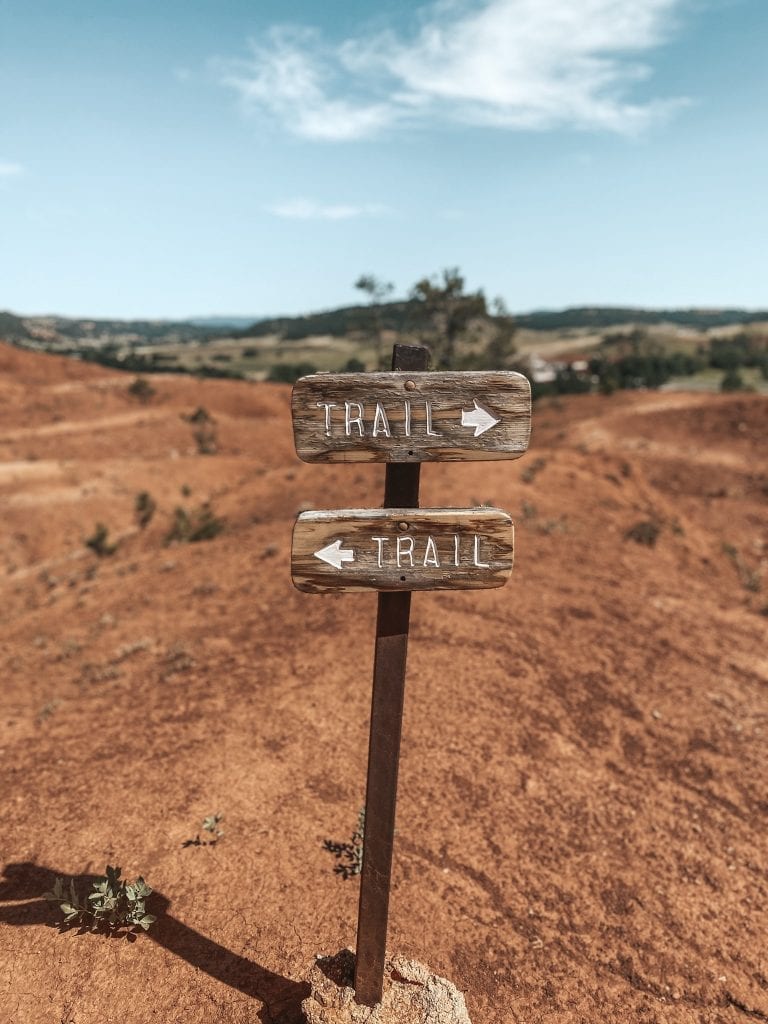
Still with us? Great!
As we mentioned before, we found ourselves having to plan out our Glamping trip in more detail compared to other trips. Here are some helpful tools we used to plan our trip itinerary:
- What National Parks do I want to visit? Use app: NPS Park App
- How many miles apart is each stop? Use app: Roadtrippers or GoogleMaps
- Where do I want to park my RV during the day and at night? Use Campendium, or FreeCampSites
- Which trails have the best views. Use AllTrails app
7. Pre-order National Park Passes
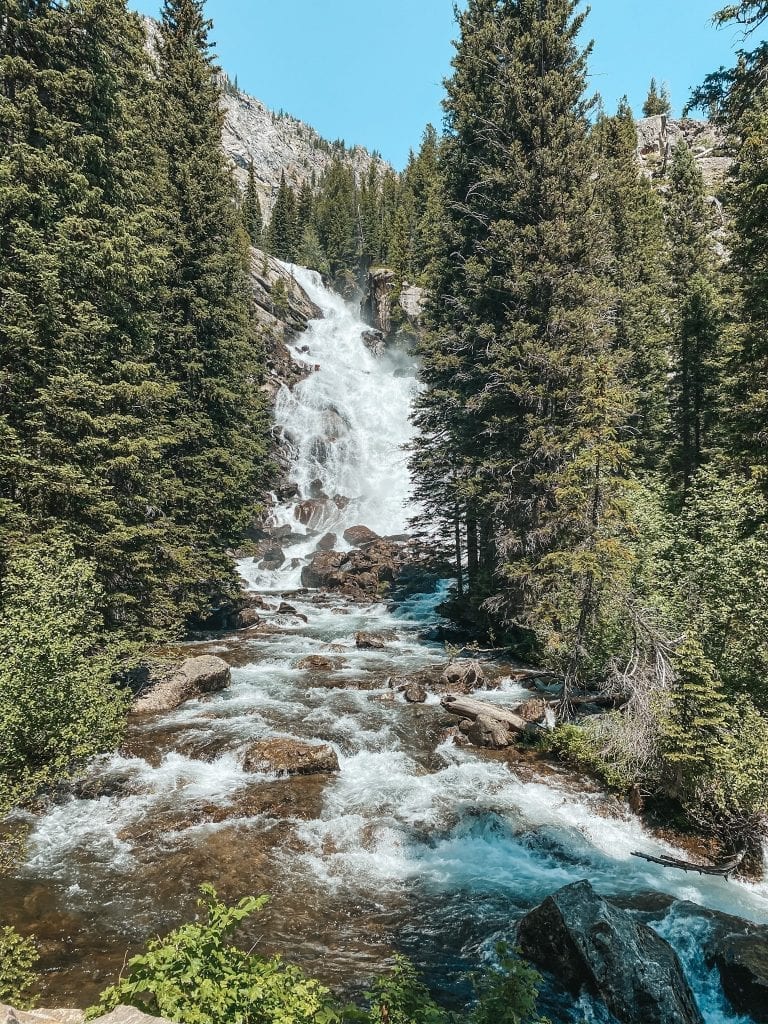
The final step to planning your RV road trip is purchasing your National Park pass.
Buying the ‘America the Beautiful National Park Pass‘ is hands down the best deal for visiting any National Park in the US.
The pass is only $80 for a full year. Say what?!
It gets your vehicle (and everyone in it) into all of the major US National Parks. For our 6 person RV road trip, the pass essentially paid for itself, and we still have 11 more months of its use.
You have the option to order the pass in advance (by phone or online) to be delivered to you prior to leaving for your trip. If you go this route, allow at least 2 weeks for it to be delivered and expect a $10 shipping fee.
Or you can purchase the pass in person at many of the National Park sites. You can find a full list of parks included on the National Park Service website.
Note some state parks will have the entrance fee included within the campsite fee.
And that’s all she wrote! Let us know where you plan to RV road trip this summer! We loved to hear about it.
Don’t forget to tag @thriftywithacompass on Instagram if you found this post helpful.
A Complete Guide to Yellowstone for First Timers
[…] Thrifty Glamping: 7 Steps to Planning Your Next RV Road trip […]